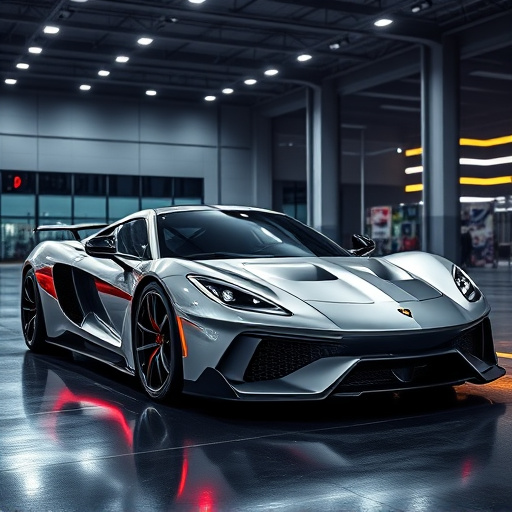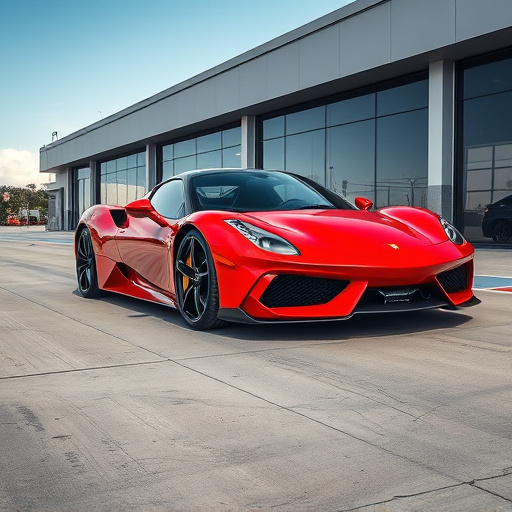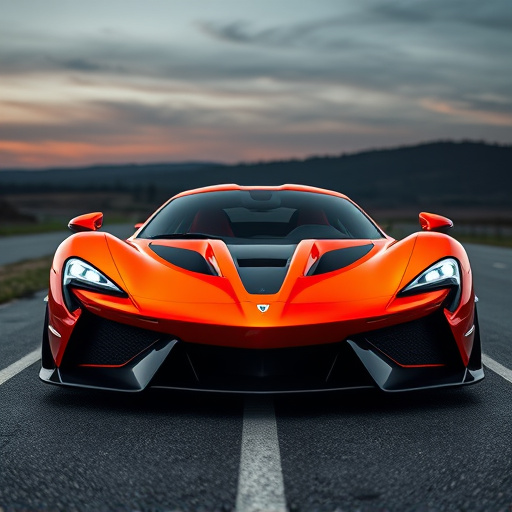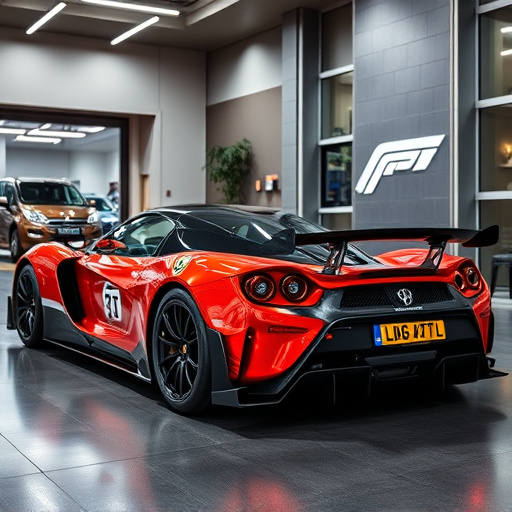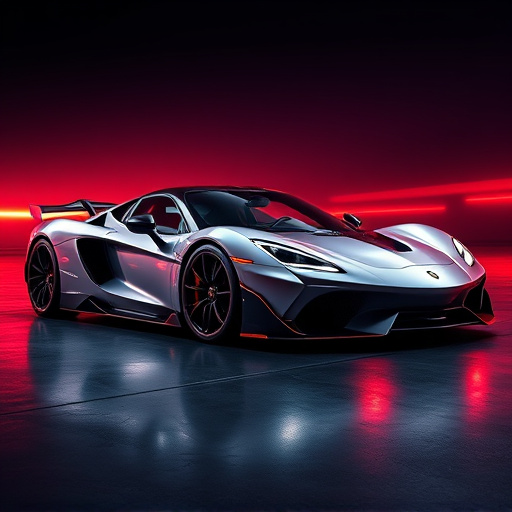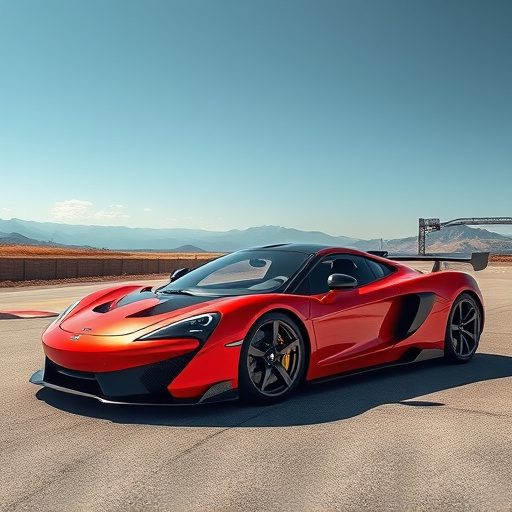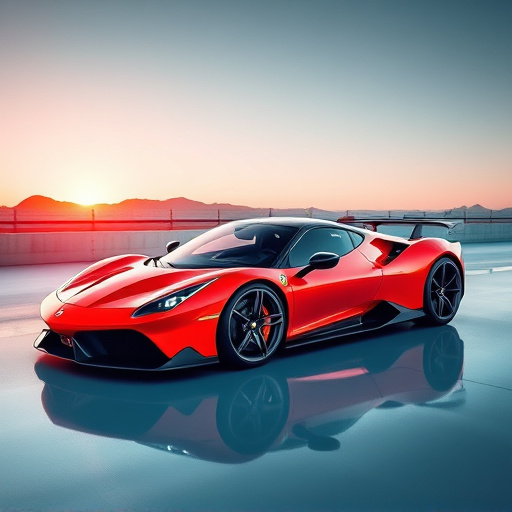Positive Displacement Compatible Systems (PDCS) are key to automotive tuning, especially for forced-induction techniques like supercharging or turbocharging. These systems work in harmony with supercharger compatible intakes designed for high-flow air ingestion, ensuring optimal performance and reliability. Supercharger compatible intakes, crafted with advanced materials and precise designs, enhance throttle response and unlock the full potential of engines, delivering impressive acceleration, top speeds, and improved fuel efficiency for both racing enthusiasts and everyday drivers.
“Unleash the power of positive displacement compatible systems in automotive engineering. This article delves into the intricate world of these innovative technologies, particularly focusing on supercharger compatible intakes and forced-induction methods.
We’ll explore how these systems enhance engine performance, providing a detailed overview of their design, benefits, and integration processes. Whether you’re an enthusiast or engineer, understanding the interplay between superchargers and forced-induction is key to optimizing vehicle dynamics.”
- Understanding Positive Displacement Compatible Systems
- Supercharger Compatible Intakes: An Overview
- Forced-Induction Technologies and Their Integration
Understanding Positive Displacement Compatible Systems
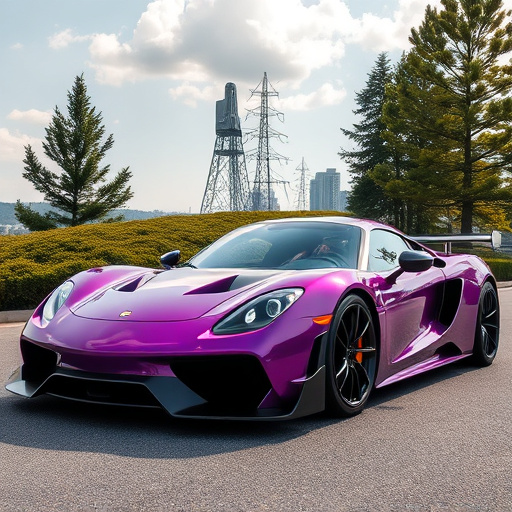
Positive Displacement Compatible Systems (PDCS) are a crucial aspect of automotive performance tuning, particularly when it comes to enhancing engine power through forced-induction methods like supercharging or turbocharging. These systems ensure seamless integration and optimal performance by aligning with the specific requirements of supercharger compatible intakes designed for high-flow air ingestion.
In the context of forced-induction, PDCS play a vital role in maintaining the efficiency and reliability of the engine. Superchargers and turbos increase atmospheric pressure to force more air into the combustion chamber, boosting power output. Compatible intakes are engineered to handle this increased airflow without compromising performance or creating detrimental backpressure. This harmony between forced-induction components and PDCS is essential for achieving consistent and robust gains in engine performance while ensuring a smooth driving experience.
Supercharger Compatible Intakes: An Overview
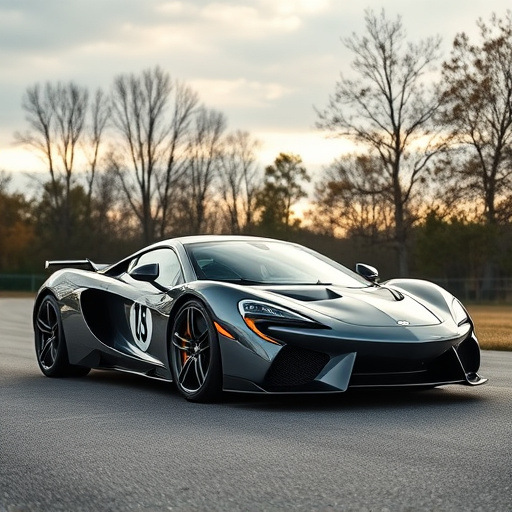
Supercharger Compatible Intakes: An Overview
In the realm of automotive performance, forced-induction systems like superchargers have long been a game changer for those seeking more horsepower and torque. Supercharger compatible intakes are designed to seamlessly integrate these high-octane components, ensuring optimal airflow and efficient combustion. These intakes are crafted with precision engineering to withstand the heightened demands placed on engines by superchargers, delivering both power and reliability.
By utilizing advanced materials and innovative designs, supercharger compatible intakes minimize restrictions in the air intake path, enabling maximum air flow into the engine. This results in enhanced performance, improved throttle response, and a smoother driving experience for enthusiasts seeking that extra edge. With careful consideration of factors like material compatibility, heat management, and efficient air distribution, these intakes play a crucial role in unlocking the full potential of supercharged engines.
Forced-Induction Technologies and Their Integration

Forced-induction technologies, such as superchargers and turbochargers, have revolutionized automotive performance. These systems are designed to increase engine power by forcing more air into the combustion chamber, which results in a significant boost in horsepower and torque. Supercharger compatible intakes play a crucial role in this process, ensuring optimal airflow to the engine. By integrating forced-induction with carefully engineered intakes, vehicles can achieve impressive acceleration and top speeds.
The integration of superchargers and turbochargers into an engine’s intake system requires precise design and manufacturing. Supercharger compatible intakes must be crafted to withstand high-pressure air, maintain efficient airflow, and minimize turbulence. This meticulous process involves using advanced materials and computational fluid dynamics to optimize the flow of air into the engine. As a result, vehicles equipped with these systems offer not only enhanced performance but also improved fuel efficiency, making them a popular choice for both racing enthusiasts and everyday drivers seeking a powerful driving experience.
Positive displacement compatible systems, particularly supercharger compatible intakes and forced-induction technologies, offer significant performance enhancements for automotive enthusiasts. By seamlessly integrating these advanced components, vehicles can achieve higher power outputs, improved fuel efficiency, and a dynamic driving experience. Understanding the intricacies of these systems is key to unlocking their full potential, ensuring optimal performance and reliability in various driving conditions. With ongoing advancements in forced-induction technologies, the future looks promising for even more efficient and powerful automotive applications.

